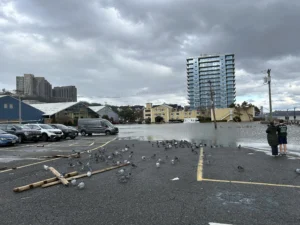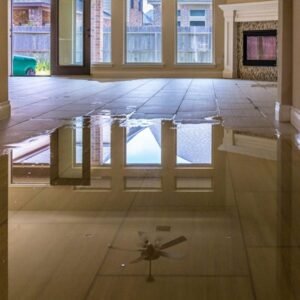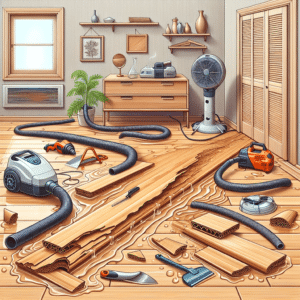Dealing with mold from a water leak can be a homeowner’s nightmare. Have you ever walked into a room and smelled something damp and musty? That could be mold, and it’s crucial to act fast to prevent health issues and further damage to your property. Let’s dive into understanding how mold from water leaks occurs and what you can do about it.
What Causes Mold from Water Leaks?
Mold thrives in damp environments, making water leaks the perfect breeding ground. Picture this: a small, unnoticed drip from a broken pipe or a hidden roof leak can lead to mold growth in no time. Mold spores are everywhere, just waiting for the right conditions to flourish. So, how quickly can mold grow from water damage? Shockingly fast—mold can begin to develop in just 24 to 48 hours after a leak. It’s a race against time to address these issues as soon as they pop up.
Signs You Have Mold from a Water Leak
Catching mold early can save you from a lot of headaches. If you see black, green, or white patches on walls, ceilings, or floors, you likely have mold. Have you noticed a persistent musty odor? That’s another strong indicator. And if you or your family are sneezing, coughing, or experiencing skin irritation more than usual, mold might be the culprit.
Dangers of Mold from Water Leaks
Mold isn’t just an eyesore; it’s a health hazard. Prolonged exposure can lead to serious respiratory issues, especially for those with asthma or allergies. Plus, mold can weaken your home’s structure, leading to expensive repairs. Knowing how long does it take mold to grow from water damage can help you act quickly to avoid these dangers.
Preventing Mold from Water Leaks
So, how can you keep mold at bay after a water leak? First, don’t ignore even minor drips; fix them right away. Using dehumidifiers in damp areas like basements can reduce moisture levels. And ensuring proper ventilation helps prevent moisture buildup.
How to Remove Mold from Water Leaks
If mold has already invaded, here’s what you should do. Start by cleaning affected areas with water and detergent. Unfortunately, items like carpets or drywall that are heavily infested might need to be thrown away. And for severe mold problems, it’s best to call in professionals. You can learn more about our services here.
Conclusion
Mold from water leaks is a serious issue that needs swift action. If you suspect mold in your home, don’t hesitate—take action now to protect your health and property. For expert help, visit Floodco USA or call us at +1 (201) 533-0100.



